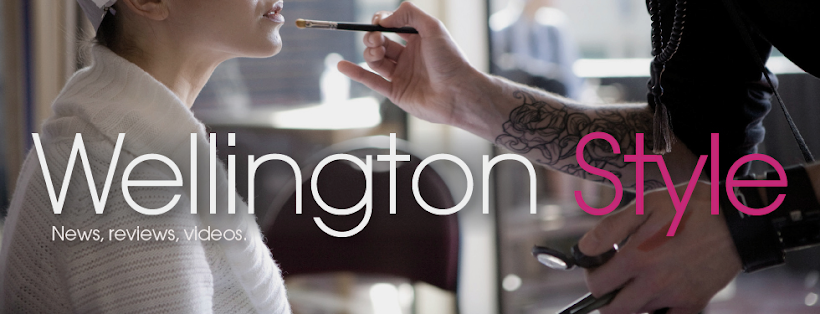The gown is called ‘Imperial Princess’ and it is from
Sophie Voon’s bridal collection. The use of the word Imperial easily evokes a world of Chinese silk merchants trading with a Czarist-Hapsburg nobility of Middle Europe. It is quite different to the more Western white of gauze, lace, trains and veils.
The material is dupion silk – the weaving of silk from multiple cocoons. This lends a textured feel to the fabric where the manufacturing doesn’t try to smooth out the small knots and tangles as the thread is drawn.
The embroidery is done with very fine threads allowing subtle graduations of colour. The thread’s slenderness also allows for a calligraphic presentation of tendrils and stalks from which burst the flower heads.
With such features, the material excludes anything other than a styling done along clean lines.
Voon works the material with great poise and a satisfying lack of clamour. The only imposed piece of shaping are the stays giving volume to the bodice – a smiling, backwards glance at the centuries of suffocating, complicated bone corsetry.
The belt is also dupion silk, in a fresh bamboo green, finely ruched for texture, and fastened at the back with giant pearlescent spheres.
‘Imperial Princess’ is just one of the items in the collection. Browsing through the look book is like opening doors along a corridor of pretty, made so much more delicious by having the garments modelled and photographed in imaginative settings.







